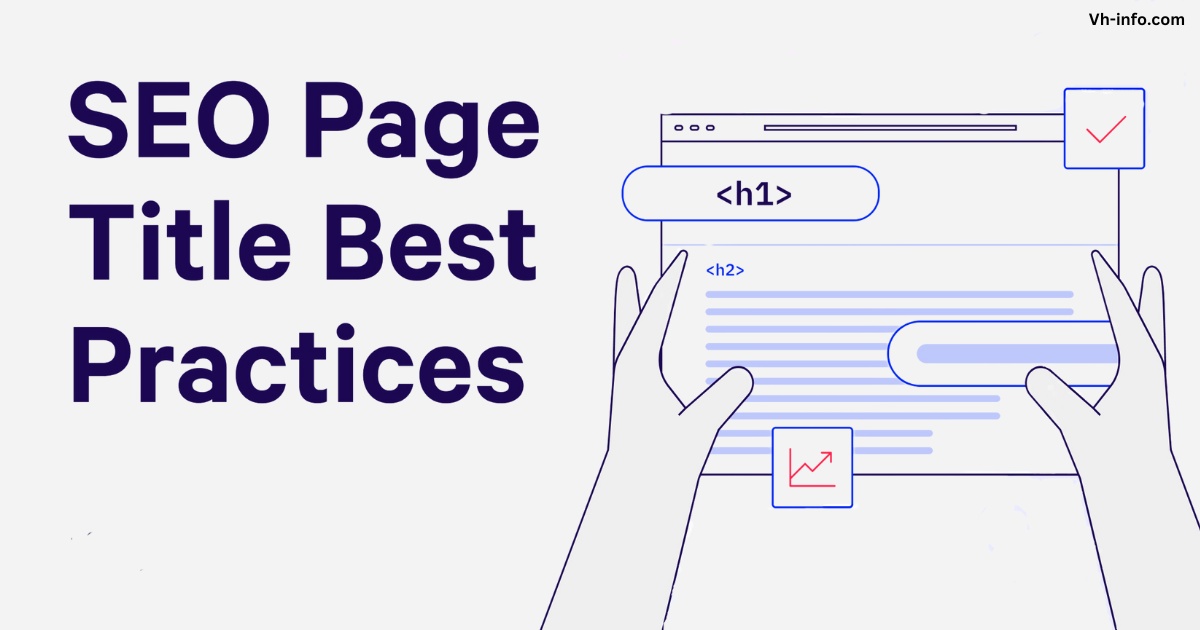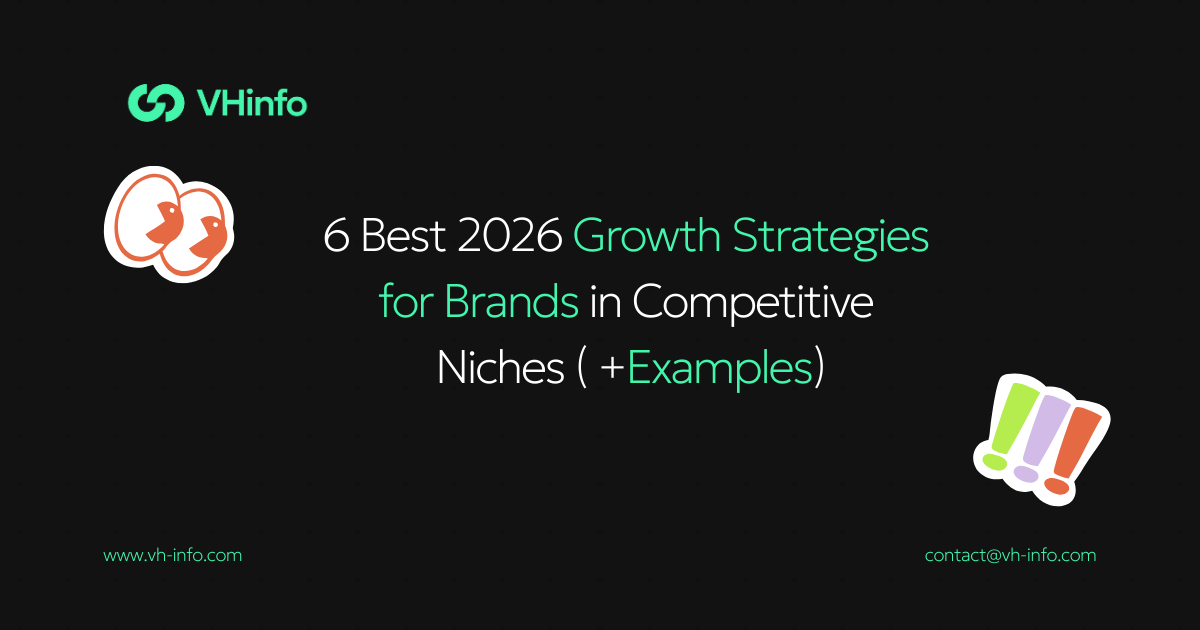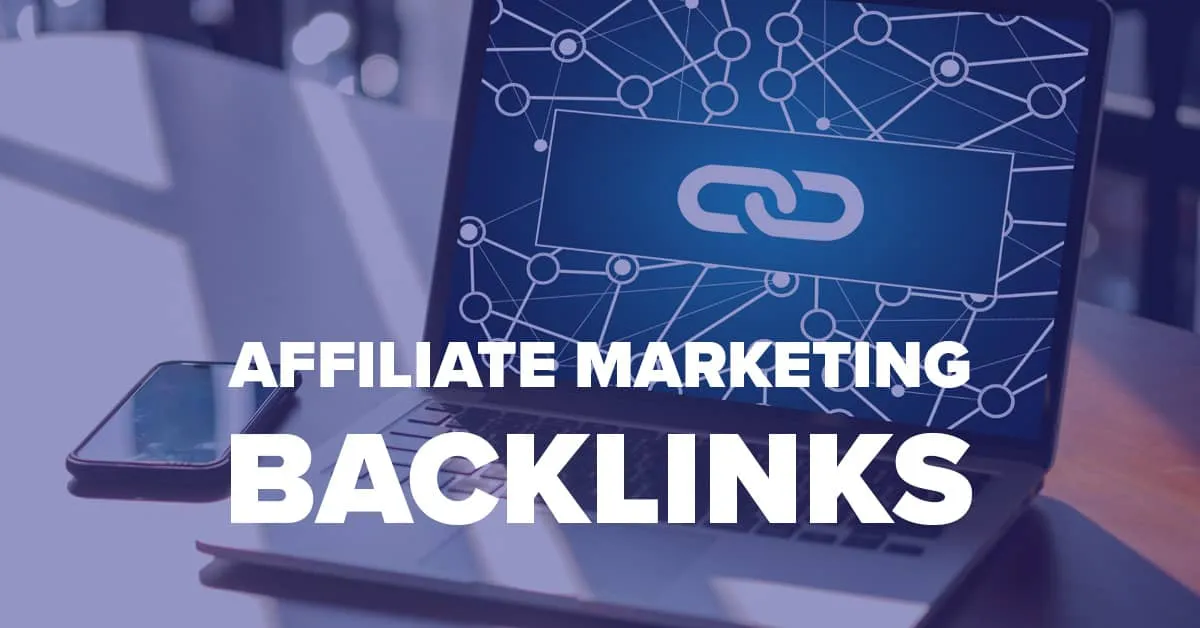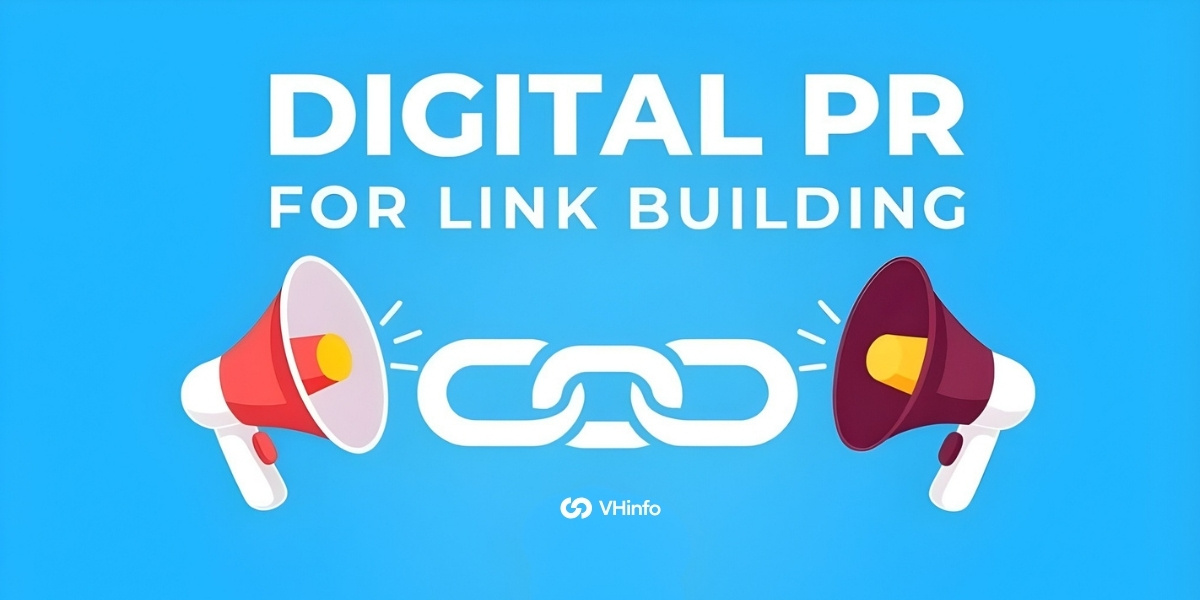As a SaaS company, optimizing your website for search engines is important to drive organic traffic and attract potential customers.
One of the most important on-page SEO elements is the title tag. In this comprehensive guide, we’ll dive into SEO title tag best practices, helping you create compelling titles that boost your rankings and click-through rates.
At VH-Info, we understand the importance of effective title tags in your overall SEO strategy.
Our expert team has years of experience helping SaaS companies optimize their websites for search engines. We’ll share our insights and actionable tips to help you write title tags that make a lasting impact.
SEO Title Tag Best Practices For Higher Rankings
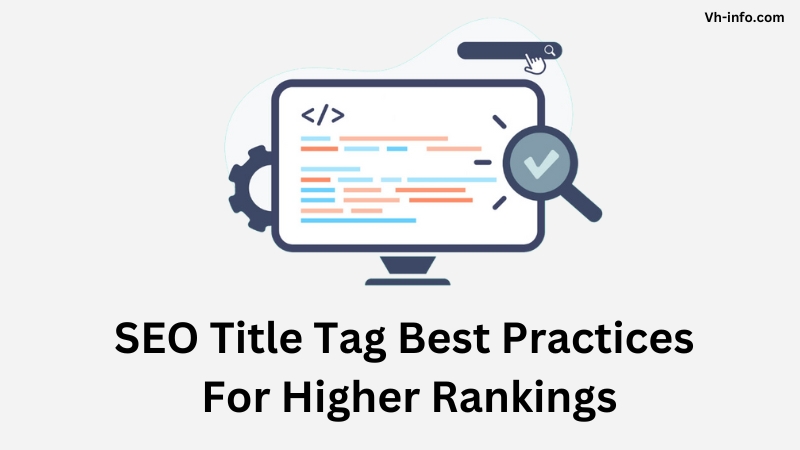
What Are SEO Title Tags?
An SEO title tag is an HTML element that specifies the title of a web page. It appears in the browser tab, search engine results pages (SERPs), and social media platforms when your page is shared.
Here’s an example of how a title tag looks in HTML code:
The Role of Title Tags in SEO
Title tags play a significant role in SEO for several reasons:
- They help search engines understand the main topic of your page’s content.
- They appear as clickable headlines in search results, influencing user click-through rates.
- They are a confirmed Google ranking factor, impacting your page’s visibility in search results.
Title Tag vs. Page Title: Clarifying the Confusion
It’s important to note that the SEO title tag, also known as the meta title or SEO page title, is different from the page title, which is typically an H1 heading on your page.
While the page title, also known as the main heading, is visible to users when they land on your page, the SEO title tag is primarily for search engines and appears in the SERPs. This means that it should accurately reflect the content of the page and match the search intent of the user.
Why Are Title Tags Important For SEO?

Title tags are essential for SEO because they directly impact your page’s visibility and click-through rates in search results.
Here are some key reasons why title tags are important:
- They help search engines understand your page’s topic and relevance to specific search queries.
- Compelling title tags can entice users to click on your page, driving more organic traffic to your site.
- Well-optimized title tags can improve your page’s rankings for target keywords.
How to Write Effective SEO Title Tags?
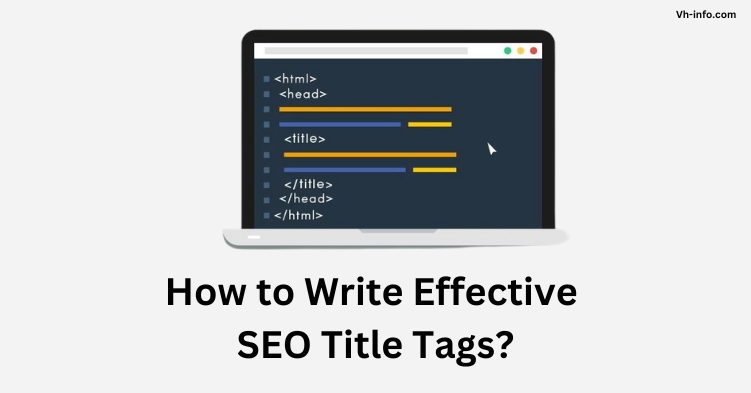
Now that you understand the importance of title tags, let’s dive into best practices for writing them effectively:
- Include your primary keyword: Include your main keyword naturally in the title tag to signal relevance to search engines.
- Keep it concise: Aim for title tags between 50-60 characters to avoid truncation in search results.
- Make it compelling: Write title tags that grab attention and entice users to click through to your page.
- Be descriptive: Accurately describe your page’s content to set the right expectations for users.
- Include your brand name: Adding your brand name at the end of the title tag can help build brand recognition and trust.
Here’s an example of a well-created SEO title tag:
Best Practices for SaaS Link Building in 2024 | VH-Info
Why Your Title Tag Isn’t Always Displayed in the SERPs?
It’s important to note that Google doesn’t always display your specified title tag in the search results. Sometimes, Google may rewrite your title tag if it believes a different title would be more relevant to the user’s search query.
However, this doesn’t mean you should neglect your title tags. By following best practices and writing compelling, descriptive titles, you increase the likelihood that Google will use your specified title tag.
Common Title Tag Mistakes to Avoid
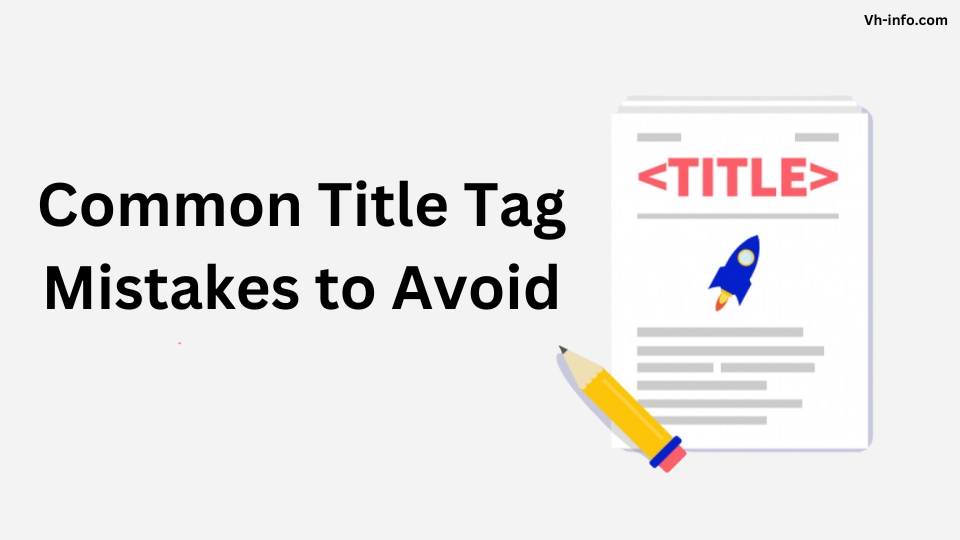
To ensure your title tags are optimized for SEO, avoid these common mistakes:
- Keyword Stuffing: Don’t overload your title tags with keywords in an attempt to manipulate rankings. This practice, known as keyword stuffing, can harm your SEO efforts. Instead, use keywords naturally and strategically.
- Missing
